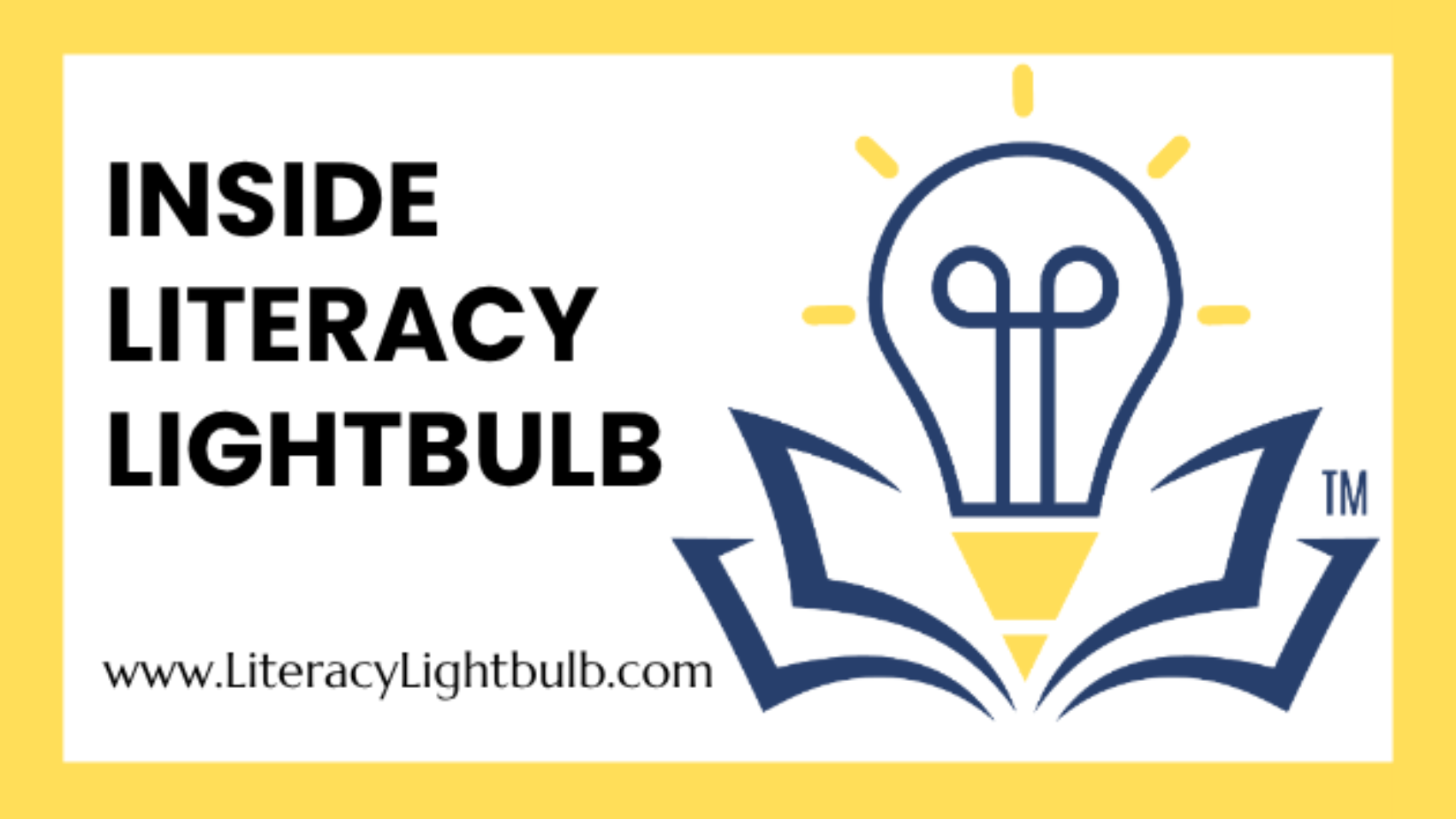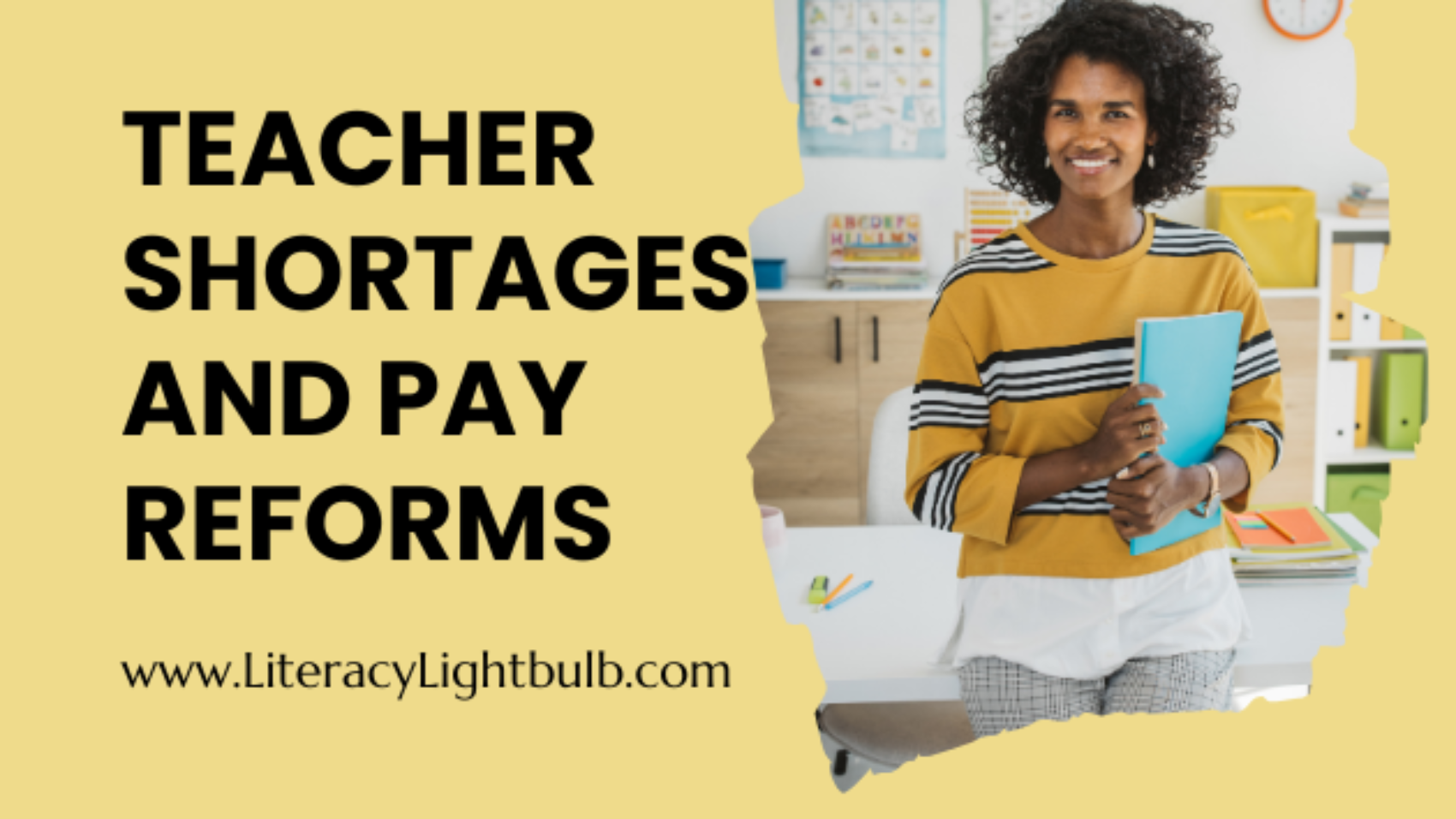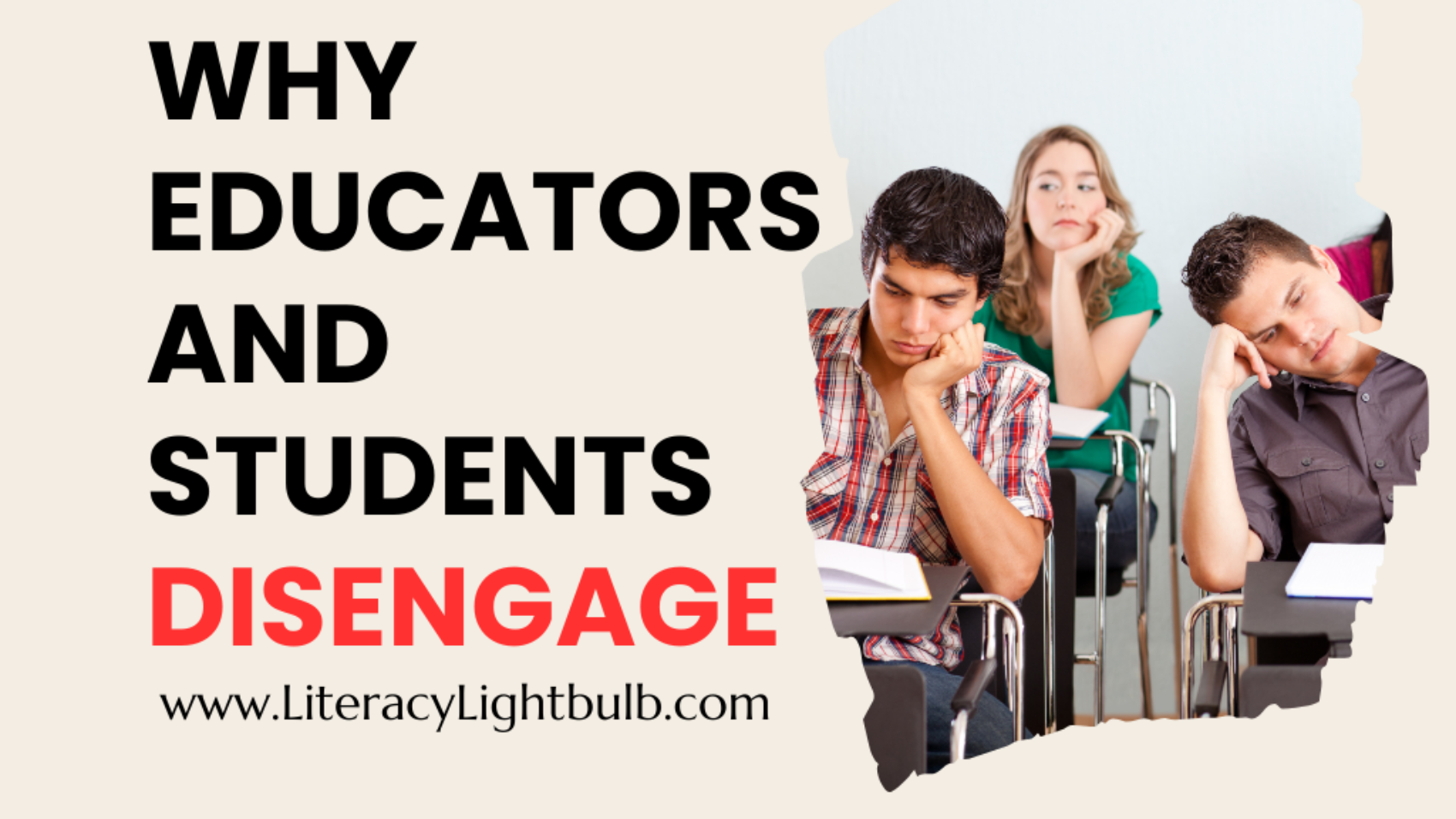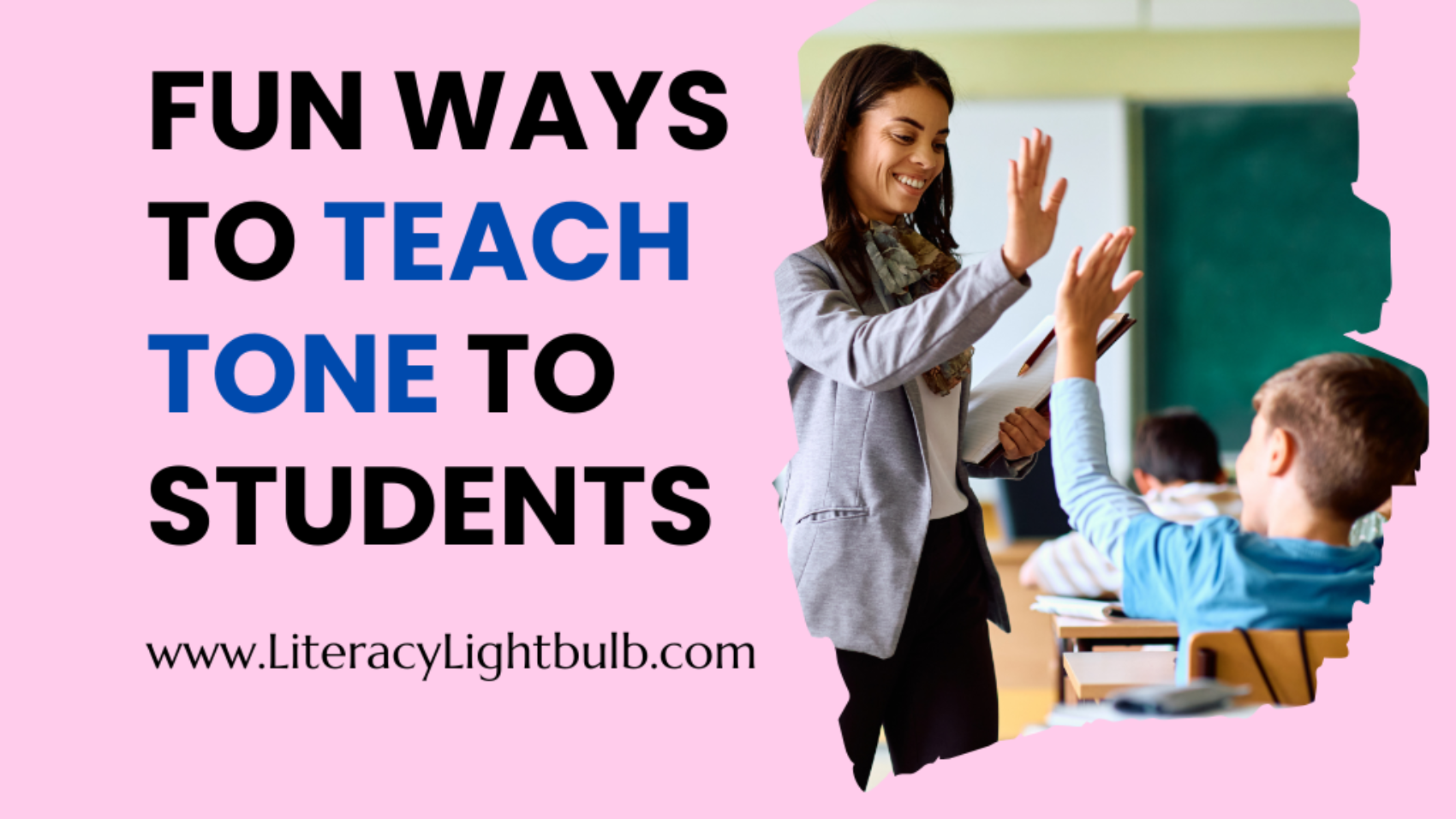Is your school doing its best—but still feeling stuck?
Are your teachers trying everything they can—but students aren’t growing the way you hoped?
We get it. At Literacy Lightbulb™, we help educators move from frustration to clarity.
This month, we’re sharing what it means to truly partner with schools and districts. From literacy audits to after-school programming, we don’t just offer services—we offer solutions.
Let’s kick off June with an inside look at how we help educators and students thrive.











